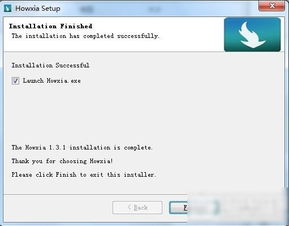
How to File for Medicare: A Comprehensive Guide
Understanding Medicare can be overwhelming, especially when it comes to the process of filing for it. Whether you’re approaching retirement age or have recently become eligible, knowing how to navigate the system is crucial. This guide will walk you through the steps, considerations, and resources available to help you file for Medicare effectively.
Eligibility and Enrollment Periods

Before you begin the filing process, it’s important to understand your eligibility and the enrollment periods. Medicare is available to individuals who are 65 or older, have certain disabilities, or have end-stage renal disease (ESRD). Here’s a breakdown of the key enrollment periods:
| Enrollment Period | Description |
|---|---|
| Initial Enrollment Period (IEP) | 7-month period that begins 3 months before the month you turn 65, includes the month you turn 65, and ends 3 months after the month you turn 65. |
| General Enrollment Period (GEP) | January 1 to March 31 each year. If you enroll during this period, your coverage will begin July 1 of that year. |
| Special Enrollment Period (SEP) | Available under certain circumstances, such as losing other health coverage, moving to a new area, or qualifying for Medicaid. |
It’s important to note that enrolling during the Initial Enrollment Period is the best time to avoid late enrollment penalties and ensure you have coverage when you need it.
Choosing Your Medicare Plan

Once you’re eligible for Medicare, you’ll have several options to choose from, including Original Medicare (Parts A and B), Medicare Advantage Plans, and Medicare Prescription Drug Plans. Here’s a brief overview of each:
- Original Medicare (Parts A and B): This includes hospital insurance (Part A) and medical insurance (Part B). Part A covers inpatient hospital stays, skilled nursing facility care, hospice care, and home health care. Part B covers doctor visits, outpatient care, medical supplies, and preventive services.
- Medicare Advantage Plans: These plans are offered by private insurance companies and provide all the benefits of Original Medicare, plus additional coverage, such as prescription drugs, vision, and dental care.
- Medicare Prescription Drug Plans: These plans help cover the cost of prescription medications. They can be purchased as a standalone plan or added to Original Medicare.
When choosing a plan, consider your healthcare needs, preferred doctors and hospitals, and the cost of the plan. You can compare plans using the Medicare Plan Finder tool on the official Medicare website.
How to File for Medicare

There are several ways to file for Medicare, including online, by phone, or in person. Here’s a step-by-step guide to help you get started:
- Visit the Medicare website: Go to www.medicare.gov and create an account if you don’t already have one.
- Complete the application: Fill out the Medicare Application for Enrollment and Benefits (Form SSA-44) online. You can also print the form and mail it to your local Social Security office.
- Submit your application: If you filled out the form online, you can submit it electronically. If you mailed the form, it will be processed by your local Social Security office.
- Wait for confirmation: Once your application is processed, you’ll receive a confirmation letter from Medicare. This letter will include your Medicare number and the date your coverage begins.
Alternatively, you can file for Medicare by phone or in person. To file by phone, call 1-800-MEDICARE (1-800-633-4227). To file in person, visit your local Social Security office.
Additional Resources
Understanding Medicare can be challenging, but there are many resources available to help you navigate the process:
- Medicare Plan Finder: Use this tool on the Medicare website to compare and enroll in plans.






